(or Triads, Trimurties, Triple Deity, Triunities, Trebles, Triangles, Triskelions, etc...?)
Correlations, Coincidences, or Compatible connections of a comparative cognition?
| 1st of 1st | 2nd of 1st | 3rd of 1st |
| 2 | 3 | 4 |
| 5 | ||
~ The Study of Threes ~
http://threesology.org
Visitors as of September 13th, 2024
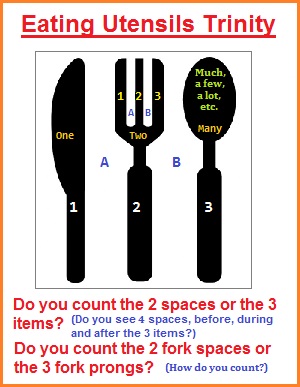 |
 |
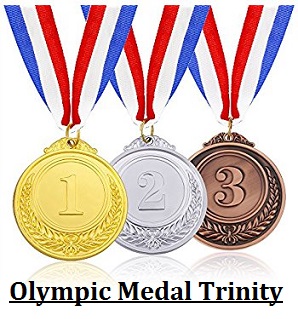 |
 |
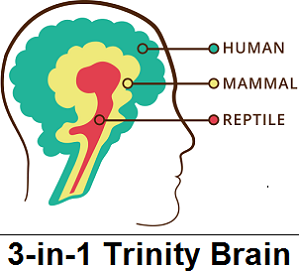 |
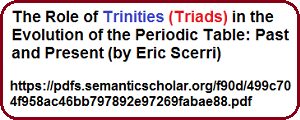 |
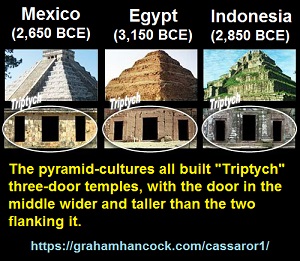 |
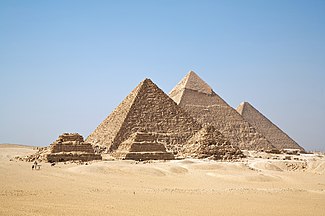 3 small, 3 large pyramids of the Giza Plateau |
 |
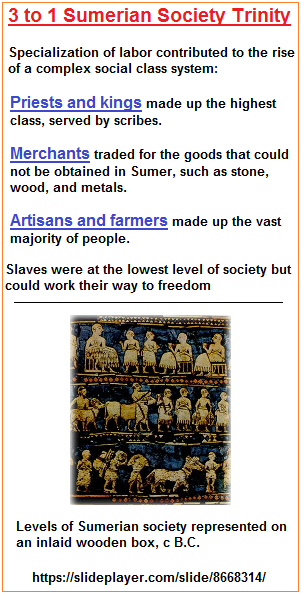 The First of three Major (cradle of civilization) Societies originating in one region Began about 4000 (+/-) BC |
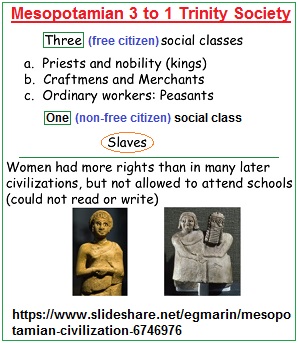 The Second of three Major (cradle of civilization) Societies originating in one region |
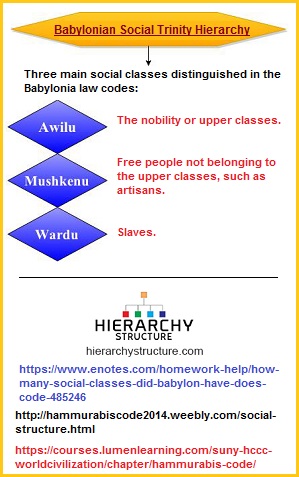 The Second of three Major (cradle of civilization) Societies originating in one region Began about 1792 BC when Hammurubi ascended the throne |
Since "Mesopotamia" covers a vast region and multiple cultures of distinction arose over time, some readers may not like the usage of "Mesopotamia" to label a separate time period from Sumeria and Babylon, much less be used to describe a separate civilization because of the resulting overlap of cultural integrations (language, trade, customs, social divisions, laws, etc...). Whereas they would prefer to include or choose instead one of the other several major cities which arose, the usage of the above three to give a rough outline of historical development will suffice to bring to the point that from a "4" (or 3-to-1) to a three-part social class division. (The so-called "four" class divisions extended into the much later developing region of India where a recognized "out cast" division was treated by Georges Dumezil as an irrelevancy by by-stepping the situation in his focus on the Varna three-fold distinction with his Tripartite social functionality system of analyzing Indo-European cultures contrasted to non- Indo-European ones). Instead of arising at the consideration of a 3 -t- 1 ratio (because his focus was limited to a specific field of research and not a wider breadth of cognitive activity), he engaged in what can be described as a "rationalized adjustment" of the information on hand in order to fit within a constrained compilation of subject matter.
- Sumer is the earliest known civilization in the historical region of southern Mesopotamia, modern-day southern Iraq, during the Chalcolithic and Early
Bronze ages, and arguably one of the first civilizations in the world along with Ancient Egypt and the Indus Valley. Living along the valleys of the Tigris and
Euphrates, Sumerian farmers were able to grow an abundance of grain and other crops, the surplus of which enabled them to settle in one place. Proto-writing in
the prehistory dates back to c. 3000 BC.
The earliest texts come from the cities of Uruk and Jemdet Nasr and date back to 3300 BC; early cuneiform script writing emerged in 3000 BCSumerian civilization took form in the Uruk period (4th millennium BC), continuing into the Jemdet Nasr and Early Dynastic periods. During the 3rd millennium BC, a close cultural symbiosis developed between the Sumerians, who spoke a language isolate, and Akkadian-speakers, which included widespread bilingualism. The influence of Sumerian on Akkadian (and vice versa) is evident in all areas, from lexical borrowing on a massive scale, to syntactic, morphological, and phonological convergence. This has prompted scholars to refer to Sumerian and Akkadian in the 3rd millennium BC as a Sprachbund. Sumer was conquered by the Semitic-speaking kings of the Akkadian Empire around 2270 BC (short chronology), but Sumerian continued as a sacred language. - Mesopotamia is a historical region in Western Asia situated within the Tigris–Euphrates river system, in modern days roughly corresponding to most of Iraq, Kuwait, parts of Northern Saudi Arabia, the eastern parts of Syria, Southeastern Turkey, and regions along the Turkish–Syrian and Iran–Iraq borders. The Sumerians and Akkadians (including Assyrians and Babylonians) dominated Mesopotamia from the beginning of written history (c. 3100 BC) to the fall of Babylon in 539 BC, when it was conquered by the Achaemenid Empire. It fell to Alexander the Great in 332 BC, and after his death, it became part of the Greek Seleucid Empire.
- Babylonia, ancient cultural region occupying southeastern Mesopotamia between the Tigris and Euphrates rivers (modern southern Iraq from around Baghdad to the Persian Gulf). Because the city of Babylon was the capital of this area for so many centuries, the term Babylonia has come to refer to the entire culture that developed in the area from the time it was first settled, about 4000 BCE. Before Babylon’s rise to political prominence (c. 1850 BCE), however, the area was divided into two countries: Sumer in the southeast and Akkad in the northwest. (Britannica: Babylonia)
There is a conclusion amongst some that a representation of the "three" (or 3 to 1) is the apex of some development... that is until the 1-2-3 sequence begins anew, similar to our usage of a comma before beginning a new set-of-three in our numerical value system (ones/tens/hundreds)[comma] (thousands/ten-thousands/hundred-thousands). For example, the so-named Trilobites, Trichomonads, and Trichonodonta are extinct— having no doubt... or at least suggestively... along a one-two-three evolutionary pathway, just as it appears (in one mode of thinking) is the case for all Monoploblastic examples of development (except for perhaps the sponges). In other words, development proceeds to a "three" reference which could well involve the 3 digit fingers + 2 digit thumbs for each single hand and foot that are customarily counted together to give us a three-part "five", "ten" or "twenty" reference. In such a case as the Monoploblastic situation, one must ask if this is a tell-tale indication that the Diploplastic condition will also meet with such a fate of extinction, requiring a new developmental set-of-three? Similarly, because we can see a numerically identifiable "code of structure" with respect to the social organization of early cultures which reached a usage of a "4" (three to one ratio) that was followed by a three-part social structure defined by the Hammurubi codes of law and that subsequent cultures alternatively adopted a usage of one, two, or three class-systems; one must wonder if there is not an underlying mental, biological, anatomical (etc.) scaffolding or blueprint being used... and why this is being used as well as what cause its development... and if this refers to something we need to be concerned with... or at least make widely known in our public conversations?
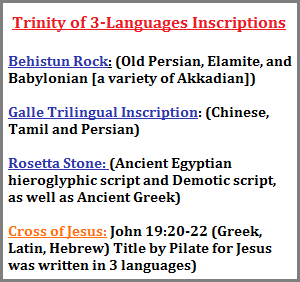 |
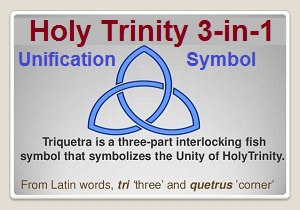 |
 | ||||||||||||||||||||||||||||||||||||||||
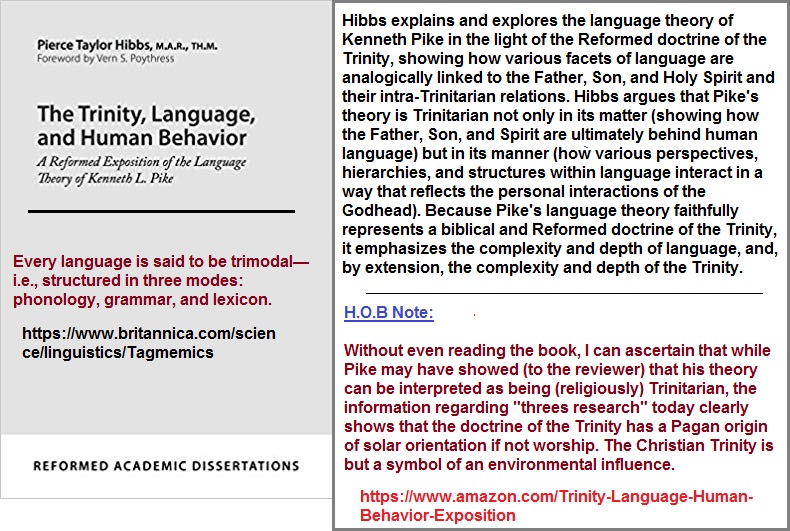 | ||||||||||||||||||||||||||||||||||||||||||
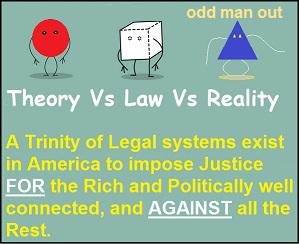 |
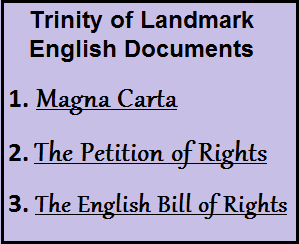 |
 | ||||||||||||||||||||||||||||||||||||||||
Frequency distribution of word order in languages surveyed by Russell S. Tomlin in 1980s Subject- Object- Verb | ||||||||||||||||||||||||||||||||||||||||||
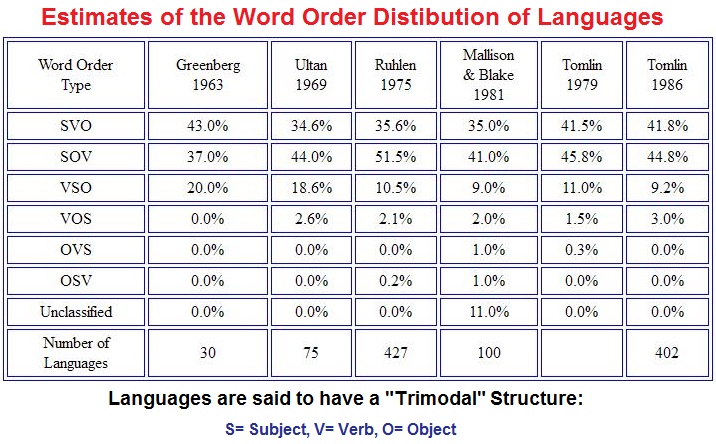 The Typology of the World Order of Languages | ||||||||||||||||||||||||||||||||||||||||||
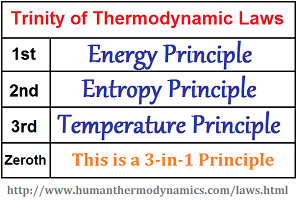 |
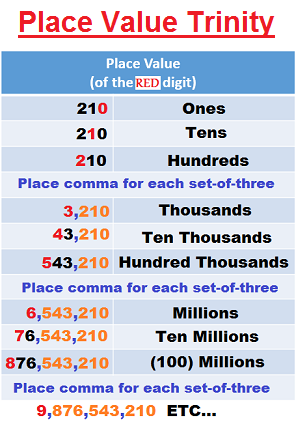 |
|||||||||||||||||||||||||||||||||||||||||
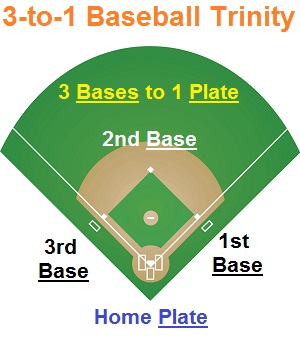 |
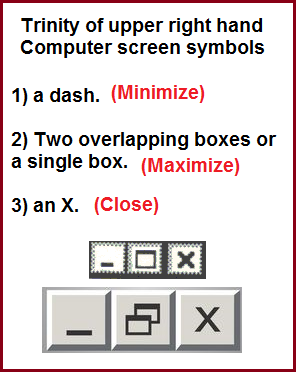 |
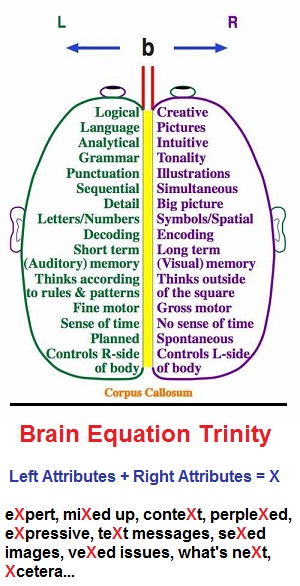 | ||||||||||||||||||||||||||||||||||||||||
 |
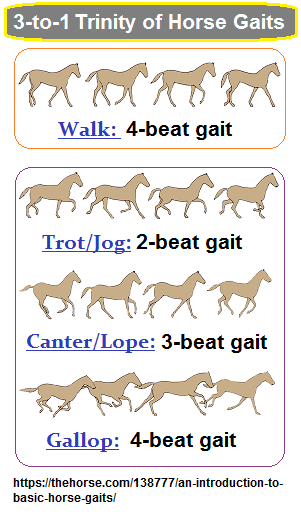 |
 | ||||||||||||||||||||||||||||||||||||||||
 |
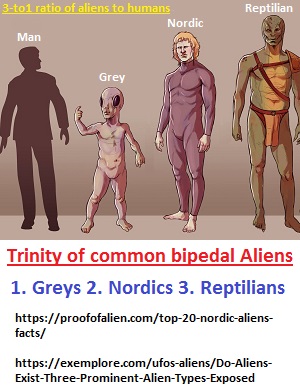 |
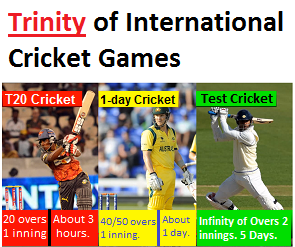 | ||||||||||||||||||||||||||||||||||||||||
 |
 |
 | ||||||||||||||||||||||||||||||||||||||||
 | ||||||||||||||||||||||||||||||||||||||||||
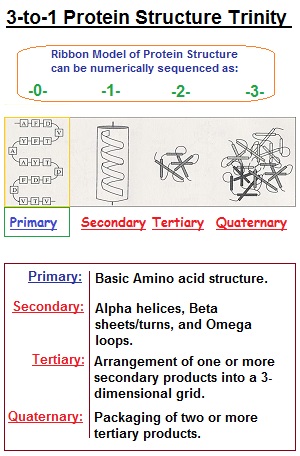 |
 |
 | ||||||||||||||||||||||||||||||||||||||||
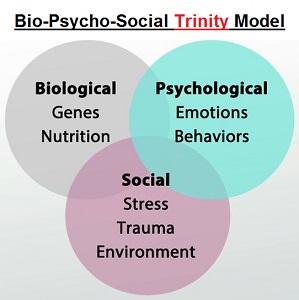 |
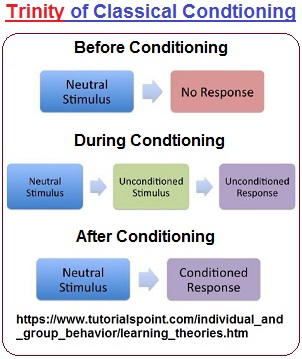 |
 | ||||||||||||||||||||||||||||||||||||||||
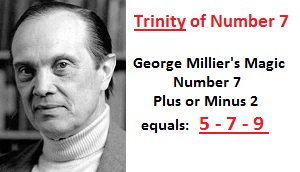 |
 |
 | ||||||||||||||||||||||||||||||||||||||||
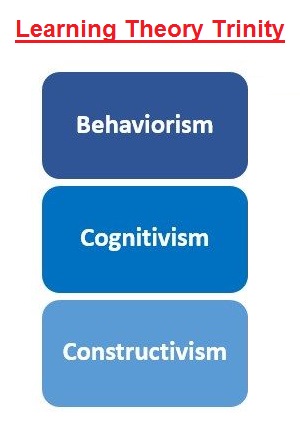 |
 |
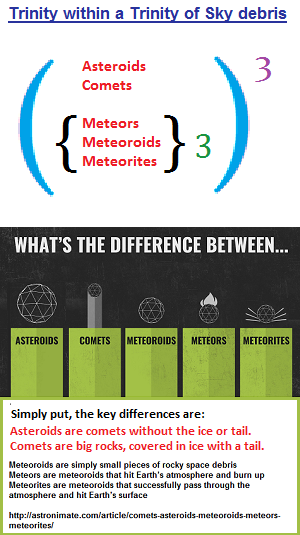 | ||||||||||||||||||||||||||||||||||||||||
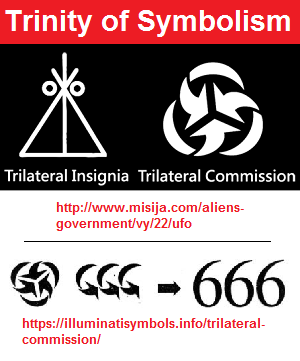 |
 |
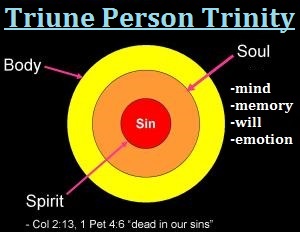 | ||||||||||||||||||||||||||||||||||||||||
 |
||||||||||||||||||||||||||||||||||||||||||
|
Another perspective of the "trinity" (as a pattern-of-three not confined to religion) is found in Music Theory whether or not one focuses specifically on Triads in Music, since music frequently involves a usage of numbers related to sounds from a present day perception, and the ancient philosophical abstraction called Music of the Spheres or Musica universalis. Another comparison can be made with genetics, since it involves using numerical references when speaking about basic processes. And to mention but one more example (bringing the total to a 3-to-1 expression), let us include a reference to audiology since it involves language and grammar, both of which are used in the aforementioned examples.  |
However, let us not forget to mention and take into consideration (as an ideological contrast), the much older idea involving a "two" pattern articulated by the Yin and Yang philosophy. While some in the present add a third word called "unity", and there is a Western (English Language) inclination to reference the Bagua or Pa Kua as a "trigram" because of a three-line format, it is of need to dispel such a notion and suggest that the so-called "trigrams" are actually a more primitive "bigrams" mental expression. While the lines are displayed in a triple format, a more fundamental "count" revels the three rows display only two types of lines... a short and a long one. Hence, while some are focused on a "three" pattern, it actually is a two-patterned configuration displayed in a three-level way, like an incomplete metamorphosis that provides evidence for a transition to a third realization, but never actually reaches it. additionally, whereas the "eight" quantity of the Bigrams may appear to be short of a "perfect nine" (3 X 3) count, the eight count is applicable to an 8 X 8 (64) count seen in genetics with respect to an amino acid chart. Whereas we can see a type of reversal or mirror-image portrayal with respect to the 3' and 5' configuration related to the strands in DNA and RNA, this observation has some comparative relevancy to the Bigrams (and Monograms) of the Bagua because both are referenced as fundamental illustrations related to life, as well as being viewed as models that can be applied to technology... such as the binary formula (ASCII codes) used in computers that must be assisted by an application of a triple-based boolean logic applied to electronic circuitry which are typically described as AND, NOT, OR, but could be substituted using the letters A, B, C, or the numbers 1, 2, 3... or any symbols-of-three so long as one keeps the analogies coherent and consistent from one application to another... unless one wants to create something unexpected by a serendipitous application of jumbling different values and applications.
In other words, in making comparisons of different binary systems, one might include the following simplified examples:
- The dual Yin/Yang philosophy coupled to a "short and long" lines within the context of a so-called eight "trigrams" profile found in the I-Ching. (8 X 8 = 64)
- The paired groupings of four compounds (Adenine- Thymine, Guanine- Cytosine) into a triad (or trinity) (called a triplet code) which create amino acids that different proteins arise from chains thereof. The triplet code references of DNA and RNA (due to their differences of Thymine and Uracil), can be viewed as a 3-to-1 ratio. DNA has been referred to as the "medium" by which an internalized message is encapsulated. (Let us say like a message in a three-shaped bottle.) [Using a triplet code arrives at a 64 amino acid complement.]
- The dots and dashes of the Morse Code involving a third segment called "the silence of a pause": The duration of a dash is three times the duration of a dot. Each dot or dash is followed by a short silence, equal to the dot duration.
- Braille is a Binary system of dots set on two rows of three.
- The Binary code used in computers uses a space for every grouping of eight bits (of 0's and 1.s), though the two-pattern ensemble could be represented by other symbol references. If a space isn't used, the "zero" or a pause of some other sort can be utilized.
- Another type of binary code associated with a triadic structure is that seen in the aforementioned musical triads with Major and Minor scales as a duality and the Augmented/Diminished as a complement. Then again from another perspective we could pair Major and Augmented to the Minor and Diminished forms.
Page initially created: Friday, 17th August 2018... 4:36 AM
Page initially posted: Thursday, 13th September 2018... 8:33 AM
Updated posting: Friday, 13th September 2024... 7:20 AM
Herb O. Buckland
herbobuckland@hotmail.com